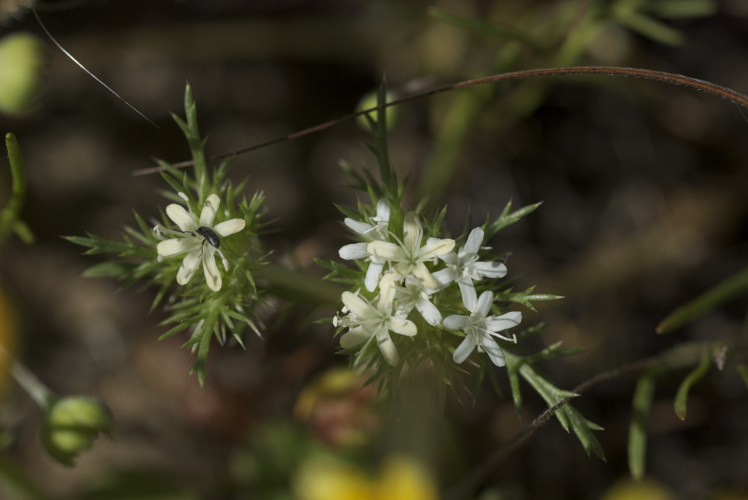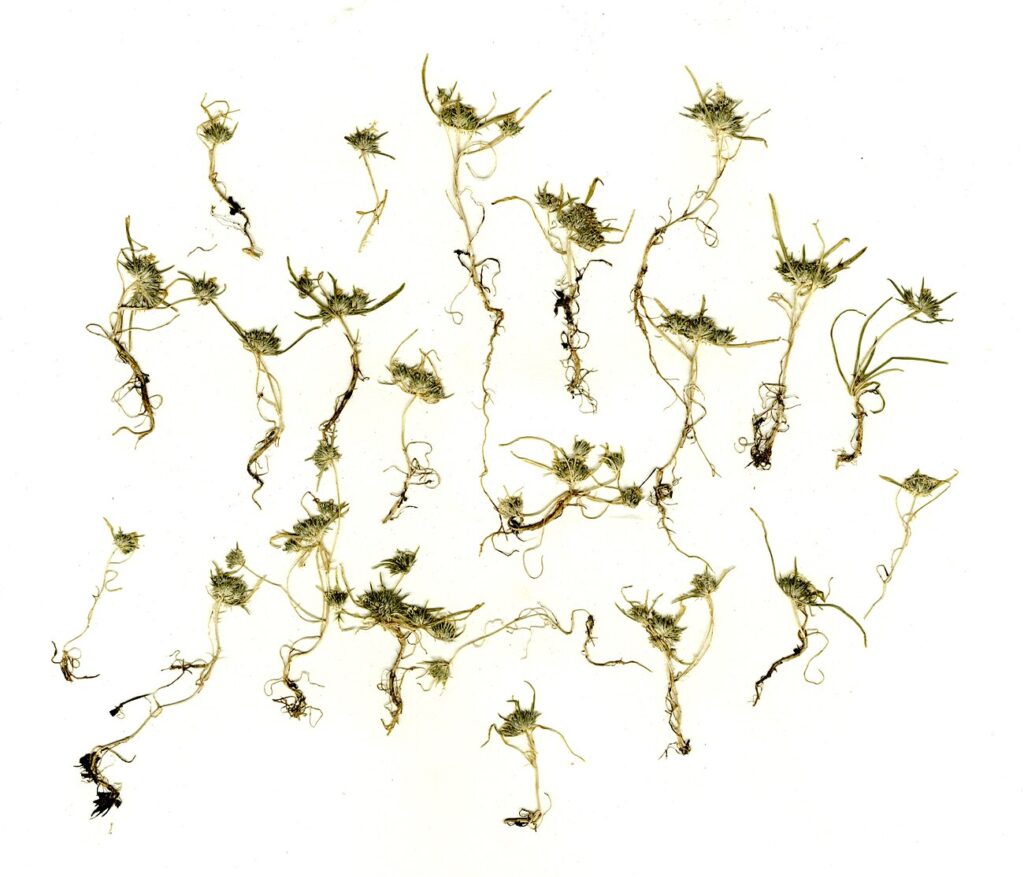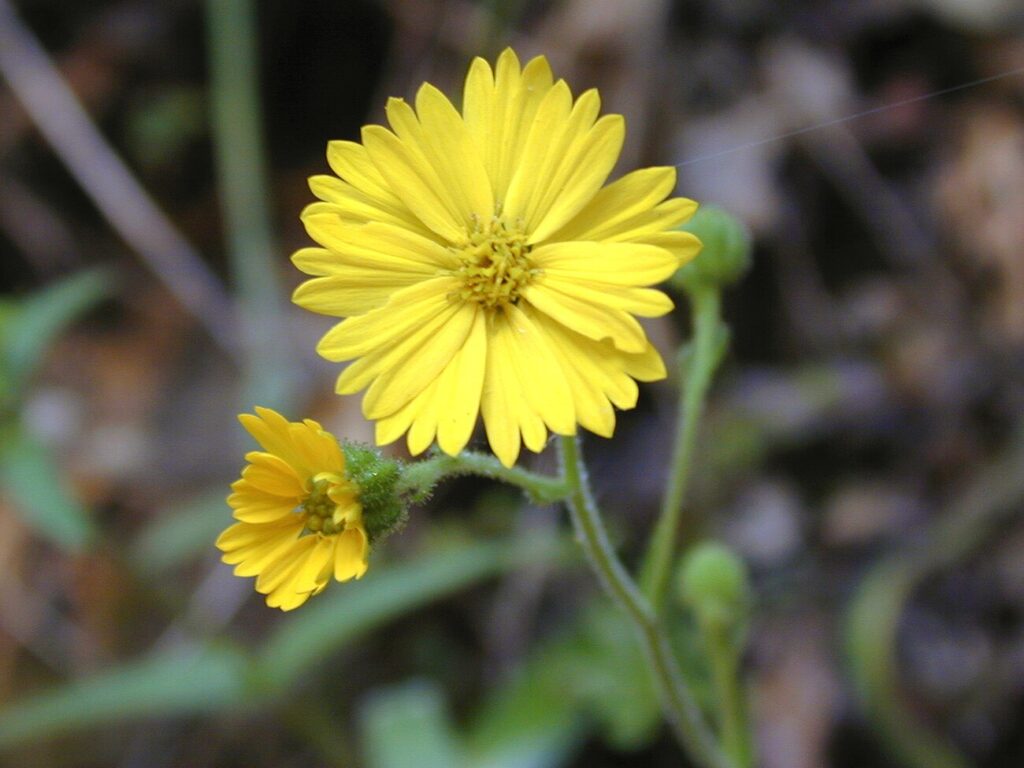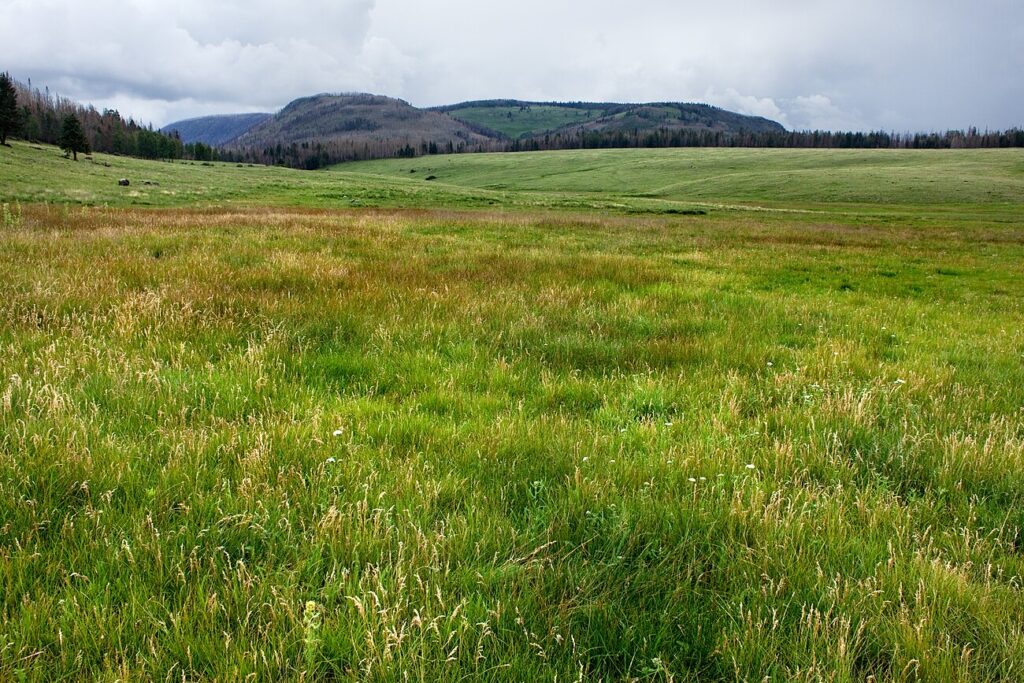Exploring Willamette navarretia
Scientifically recognized as Navarretia leucocephala and classified under Polemoniaceae, stands out as a distinctive Annual herb known for its unique characteristics. While it may also be found under other Synonyms, Navarretia species.withN/A form. You can use our free plant care app PlantPlants to identify Willamette navarretia.
Temperature
10 C (50 F) min / 35 C (95 F) max
Watering
Moderate; keep soil slightly moist
Fertilizing
Balanced fertilizer (10-10-10)
Sunlight
Full sun to partial shade
Toxicity
Non-toxic



Appearance and Growth Of Willamette navarretia
At maturity, this species reaches approximately 10-30 cm tall, presenting Basal leaves, linear to lanceolate, finely divided along with Inflorescence with white or light blue flowers, tubular, resembling a star, followed by Small, flattened seed capsules that release tiny seeds. These features are supported by a reliable Fibrous root system, ensuring stability and sustained growth.
Willamette navarretia Origin and Habitat
Native to Native to western North America, particularly in Oregon’s Willamette Valley, Willamette navarretia thrives in Open fields, disturbed areas, and grasslands at elevations around 0-1,500 meters (0-4,900 feet). Best suited for USDA Hardiness Zone 8-9. Whether grown indoor, in a curated garden or a more natural setting, its ecological requirements help maintain its vigor over time.



How to take Care of Willamette navarretia
Light, Soil and Watering Willamette navarretia.
You can use our free plant identify app PlantPlants to chose the best spot for Willamette navarretia, This plant prefers Full sun to partial shade and flourishes in Well-drained, sandy or loamy soil with a soil pH of about 5.5-7.0.
Willamette navarretia needs watering,Moderate; keep soil slightly moist, guided by PlantPlants app, You can get plants daily watering schedule. to maintain Moderate moisture, ensure steady hydration. Applying water through Water at soil level to avoid wetting foliage supports even distribution and helps prevent overwatering or dryness.
Temperature and Humidity
Willamette navarretia performs best within 15-30 C (59-86 F). Its ideal growth occurs at around 20 C (68 F), though it tolerates ranges from 10 C (50 F) min / 35 C (95 F) max. Additionally, maintaining Moderate humidity encourages healthy foliage and overall plant vigor.
Fertilization & Soil Health
Feeding with Balanced fertilizer (10-10-10) at the recommended Seasonal Application Frequency on PlantPlants App keeps nutrients balanced. Incorporating Compost or organic matter to enhance soil quality enhances soil structure and fertility, while staying alert to Yellowing leaves, reduced growth helps you adjust care as needed to maintain optimal plant health.
Routine and Maintenance
Regular attention ensures this plant’s beauty and longevity. After flowering for Cut back to the base to encourage new growth tidies its appearance, while Not typically required; grows well in situ may be necessary as it grows, requiring a N/A increase and a fresh Native soil or commercial potting mix with good drainage. for Staking or Support. None required.
Seasonal Changes and Propagation of Willamette navarretia
During None; it grows actively in the growing season, growth may slow and some Leaves may yellow towards end of the growing season can occur. For those looking to propagate, consider Seed propagation and provide Lightly press seeds into the soil; require moisture when starting from seed. If using cuttings, follow Not typically propagated by cuttings to ensure successful rooting and healthy new plants.
Pests, Diseases and Prevention
our free plant identify and care app PlantPlants can help you diagnosisWillamette navarretia problems.Though generally robust, keep watch for Aphids, caterpillars and remain vigilant against Fungal blights. Implementing Monitor plants regularly, ensure proper air circulation and applying Insecticidal soap for pests; fungicides for diseases when issues arise will help sustain the plant thriving.
Companions and Uses of Willamette navarretia
This plant pairs nicely with Wildflowers, grasses and shows Minimal; no known adverse effects on nearby plants, making it a flexible choice for various Native plant gardens, pollinator gardens.
Edible and Cultural Aspects
the Edible Parts: Flowers can be eaten. Toxicty of Willamette navarretia, Non-toxic. learning about its Harvest during the flowering period, Used in salads or as a garnish, and Low nutritional value, primarily decorative can be intriguing for culinary explorers. Some traditions highlight its Not widely known for medicinal properties or note its Important for local ecosystems and native pollinators.
Conservation and Status
With an Not assessed, proper Habitat protection, awareness, and management of native plant communities
Frequently Asked Questions
1. Is Willamette navarretia hard to grow?
It is relatively easy to grow in suitable conditions with well-drained soil and adequate sunlight.
2. Where can I find Willamette navarretia?
Look for it in native plant nurseries or online seed suppliers specializing in regional flora.
3. What pests affect Willamette navarretia?
Common pests include aphids and caterpillars; regular inspection can help manage these.
4. Can Willamette navarretia be grown in pots?
Yes, but it’s best suited for garden beds due to its growth pattern.
5. How should I care for Willamette navarretia during winter?
It typically does not require care during winter as it is an annual and completes its life cycle in one growing season.
6. Is Willamette navarretia beneficial for pollinators?
Yes, its flowers attract a variety of pollinators including bees and butterflies.
7. Can I eat Willamette navarretia?
Yes, the flowers are edible and can be used in salads or as garnishes.
8. What type of soil is best for Willamette navarretia?
A well-drained sandy or loamy soil with a pH range of 5.5-7.0 is ideal.
9. How often should I fertilize Willamette navarretia?
Fertilize 2-3 times during the growing season with a balanced fertilizer.
10. What is the growth habit of Willamette navarretia?
It grows as an annual herb, flowering throughout the growing season in favorable conditions.




